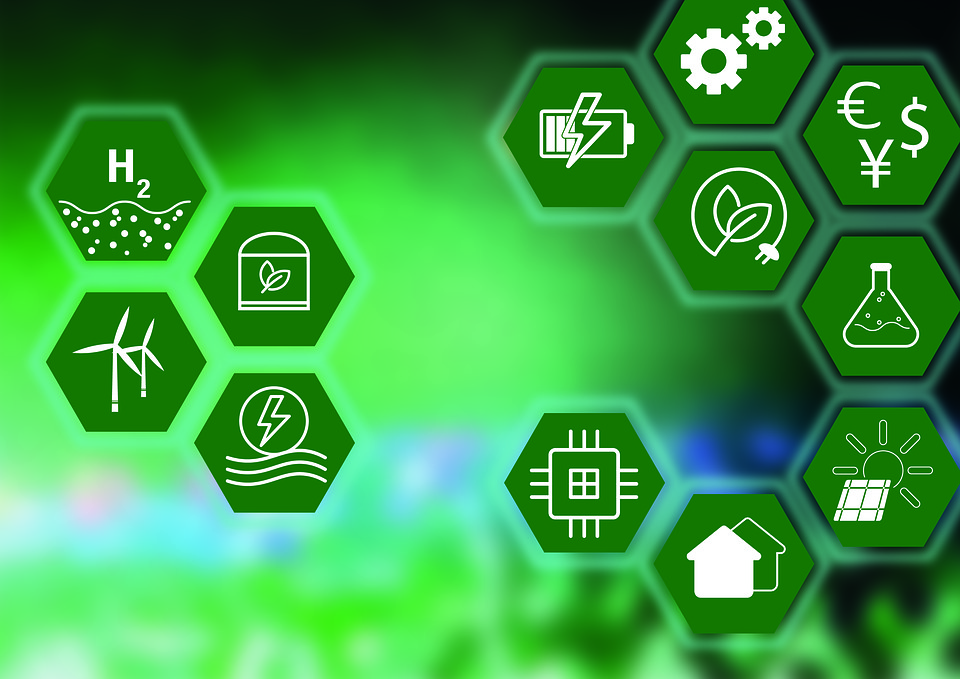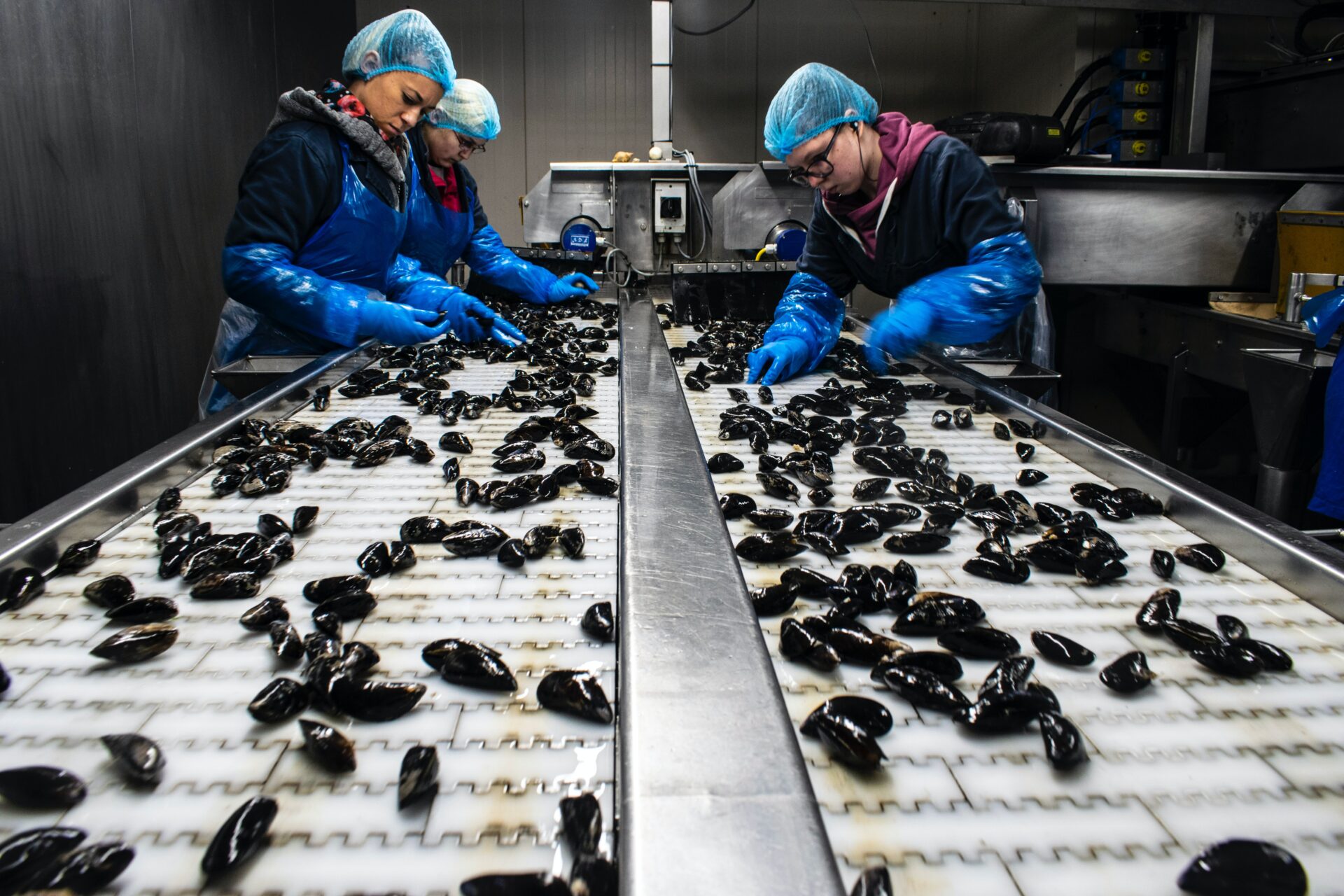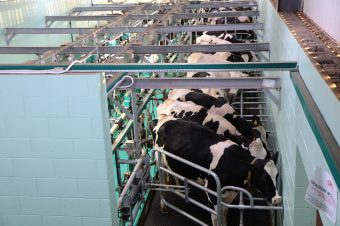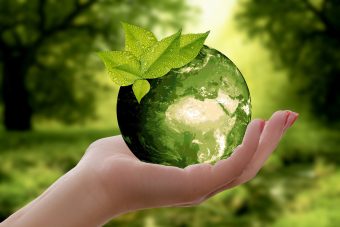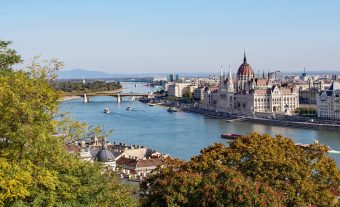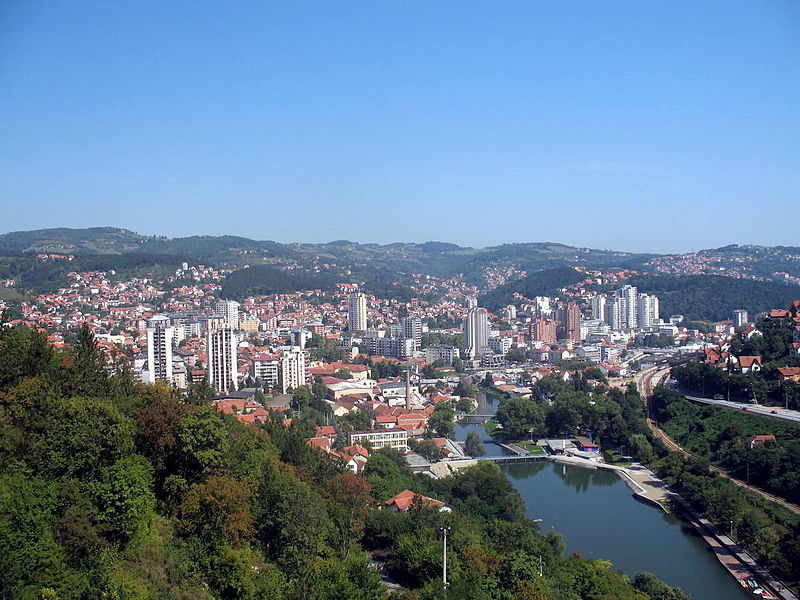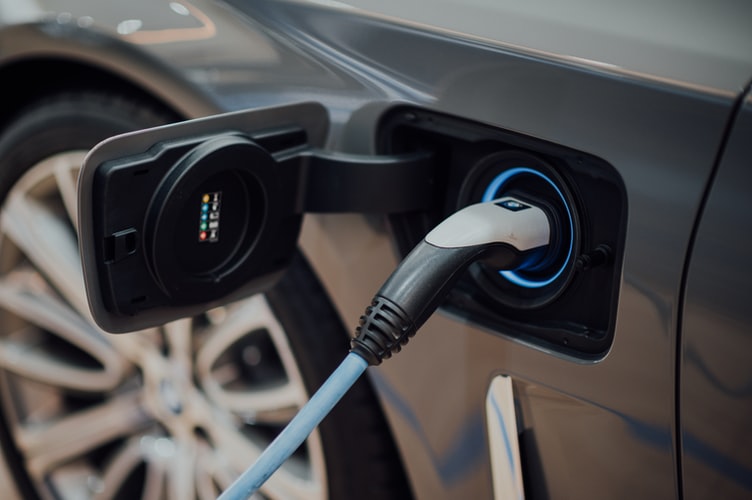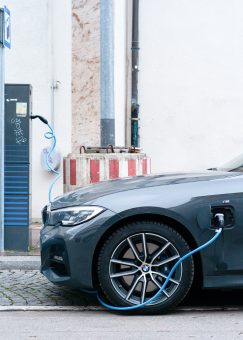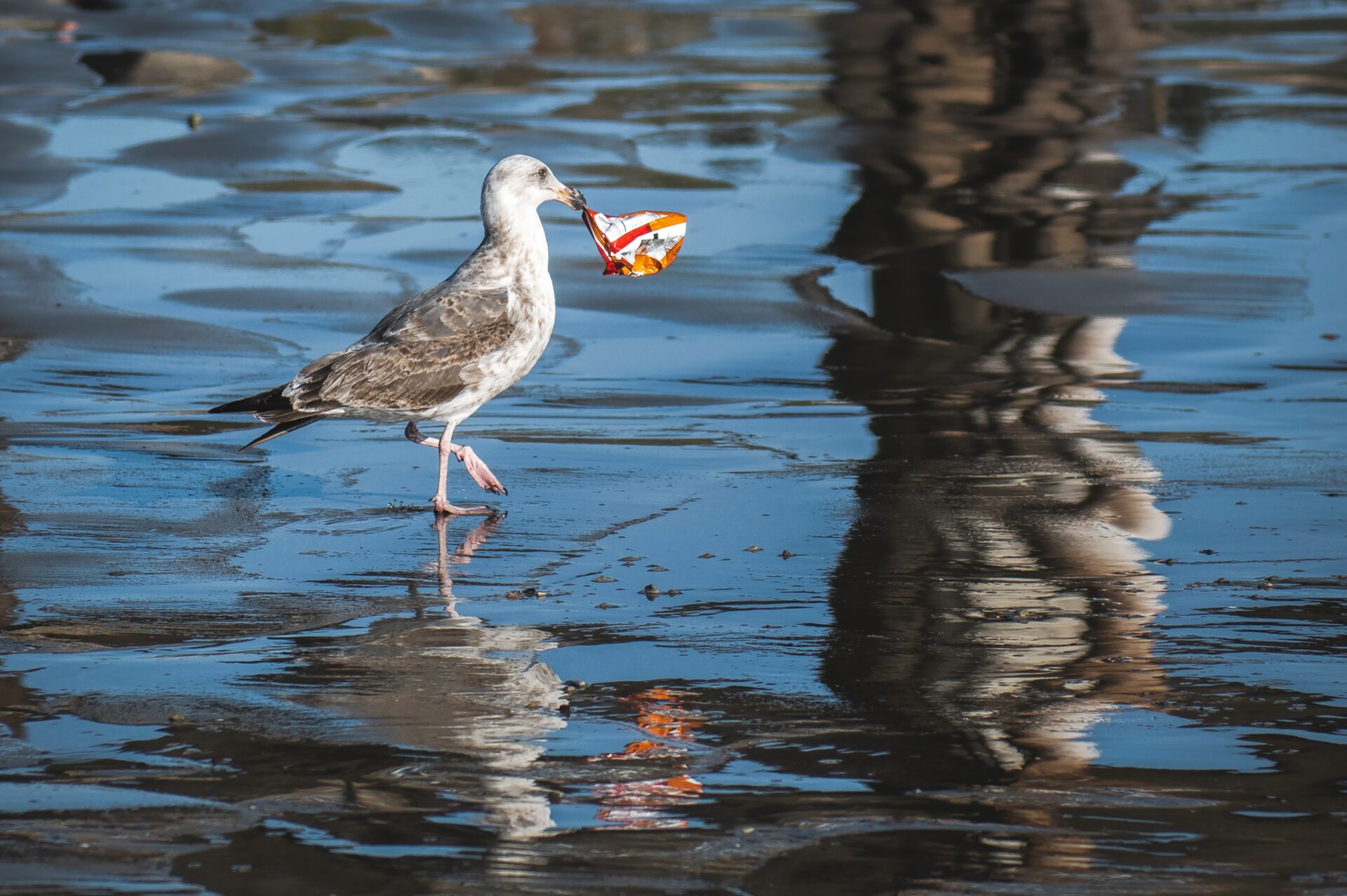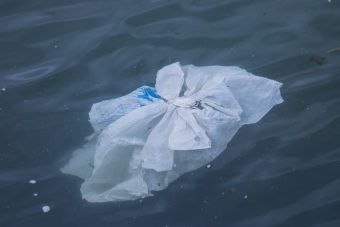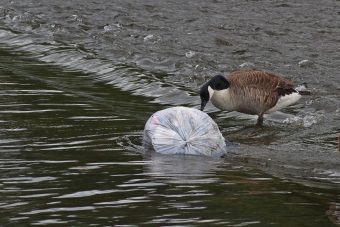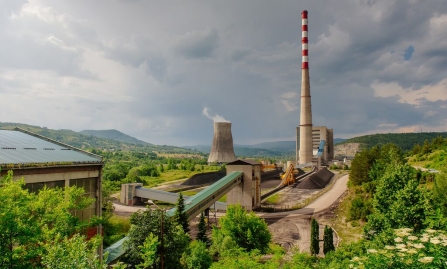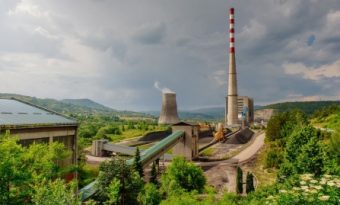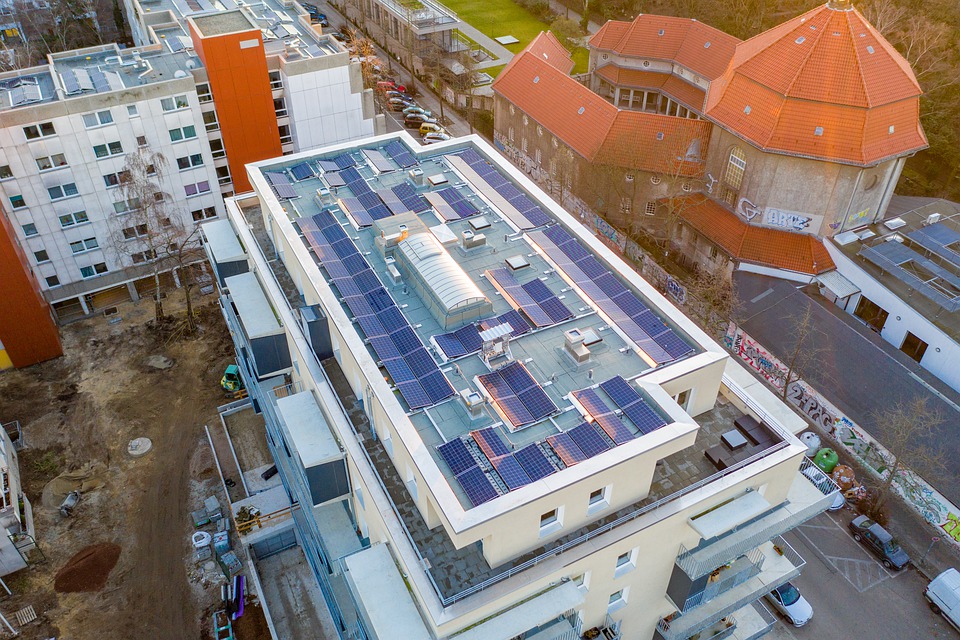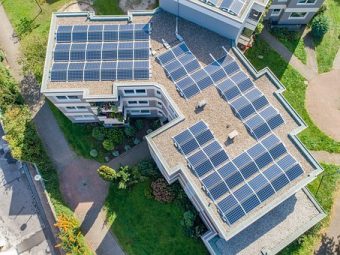
Albania has launched its first tender for utility-scale onshore wind power plants. Individual projects with a capacity of between 10 MW and 75 MW can apply. Several projects will be chosen; total tendered capacity equals 100 MW and this may be increased to 150 MW in the coming months, in line with the country’s renewable energy targets. The announcement of the successful bidders is expected in the first half of 2023.
The Albanian Ministry for Infrastructure and Energy is running the tender. The European Bank for Reconstruction and Development (EBRD) has been supporting the Albanian authorities in the introduction of competitive procurement processes for renewable energy projects.
Matteo Colangeli, EBRD Head of Western Balkans, said: “We are delighted with the progress Albania is making on scaling up wind and solar energy through open and transparent tenders. This is another milestone for the diversification, resilience and sustainable development of the country’s energy sector.”
Developers are invited to submit their qualification submissions by mid-June 2022. This will be followed by a request for proposals from applicants successful in the first phase. The launch of the tender process marks the start of a work-intensive phase for developers to meet the stringent technical, environmental and social requirements of the selection process.
Bidders are requested to propose sites for wind power-plant developments. To assist them, a wind siting study has been prepared, including suitability criteria for the selection of sites, as well as a preliminary high-level screening of no-go areas. The Albanian Ministry of Infrastructure and Energy will organise a conference for prospective bidders later this year to provide clarification and answer questions.
More:
Today’s call follows the successful award of two EBRD-supported solar tenders for the 140 MW Karavasta and 100 MW Spitallë solar photovoltaic projects in recent years. The projects will help to diversify sources of supply in Albania’s electricity sector, which is vulnerable to seasonal changes in hydrology and dependent on expensive and emissions-intensive power imports. The competitive procurement processes to date have achieved highly competitive prices for electricity from solar power of less than EUR 30 per MWh. The wind tender is also expected to deliver highly competitively prices for clean power.
The Swiss State Secretariat for Economic Affairs (SECO) is providing funding for the technical assistance that covers the new tender as well as regulatory work in the energy sector to facilitate the introduction of auctions.
Françoise Salamé Guex, Infrastructure Financing Division, SECO Switzerland, commented: “We are proud to support the Government of Albania in developing the country’s wind power market. The launch of the wind tender is an important milestone in attracting private-sector competition to the renewable energy sector in Albania, which is a critical step in transitioning to a diversified low-carbon economy.”
The EBRD has been supporting Albania in the development of a sustainable and diversified energy sector through policy dialogue, technical assistance and investment. To date, the EBRD has invested more than EUR 1.5 billion in 112 investment projects in the country.
Source: EBRD



